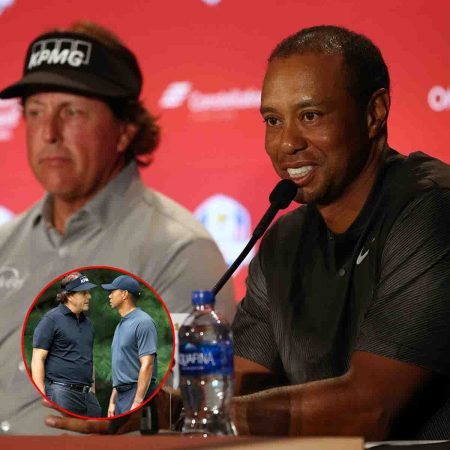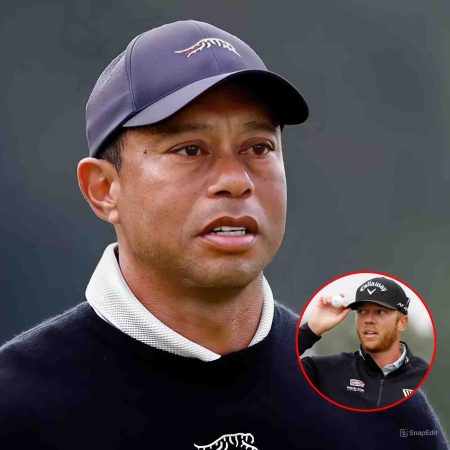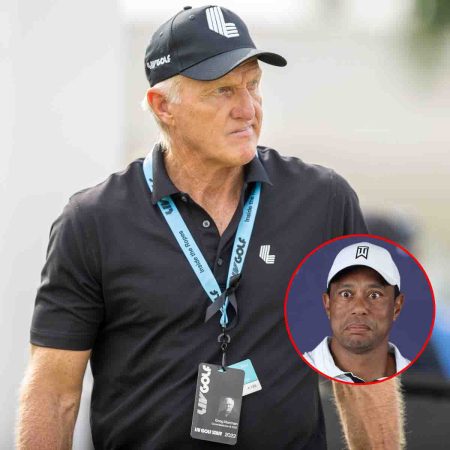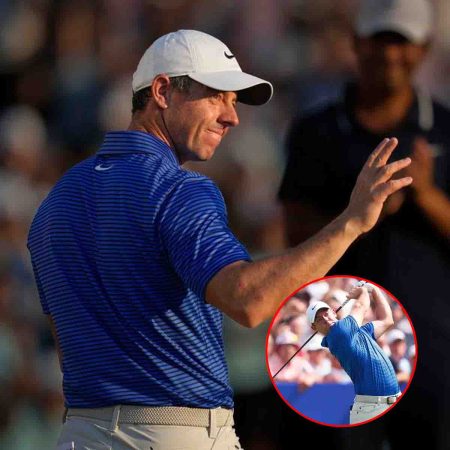
Clearly, this was not the same Sacramento Kings team that used a record-breaking offense to go to third place in the Western Conference. They were undoubtedly hindered by the absence of a pivotal playmaker like Domantas Sabonis, an explosive offensive guard in De’Aaron Fox, and a master of movement shooting in Kevin Huerter.
But that doesn’t mean there weren’t any useful takeaways from this game against a depleted Kings team that is set to go to the playoffs for the first time in 16 years.
There’s still no guarantee that the Golden State Warriors will face the Kings in a potential 3-6 matchup in the playoffs. There’s still the possibility of the Warriors rising as high as the 5-seed (and facing off against the Phoenix Suns) or falling as low as the 8-seed and starting the play-in tournament on the road.
One more condensed version of Warriors remaining scenarios & tiebreakers & schedules. pic.twitter.com/L9l6v74sml
— John Dickinson (@JDJohnDickinson) April 6, 2023
All the Warriors need in order to secure themselves a spot in the playoffs is to win their remaining regular season game against a tanking Portland Trail Blazers. The chances of them winning that matchup are extremely high, but it’s not an outright guarantee.
Nevertheless, if they do manage to win on Sunday — and the Los Angeles Clippers also win both of their remaining games — the Warriors will be locked in a playoff series against the Kings.

It might be an appropriate time to hypothesize and theorize a potential matchup against their Northern California neighbors — and while this game against the Kings is by no means a perfect barometer of how an actual series will turn out to be, it did provide glimpses as to how the Warriors can attack the Kings’ defense.
The Orlando Magic were one of the luckiest expansion franchises ever. Consecutive lottery wins handed them Shaquille O’Neal and Penny Hardaway, which allowed them to go from nothing to the NBA Finals in just 6 years. The Magic looked like the team of the future …. but they weren’t. Losing Shaq played a huge part in that, but so did major injuries, a few bad moves, and some very good moves that backfired because of bad luck.
While the Kings may be the best offense in the league (and are on track to be the best offense in NBA history), they are the polar opposite when it comes to their defense. They’re 24th in non-garbage-time defensive rating (117.2), including a half-court defensive rating (101.9) that is third worst in the league, per Cleaning The Glass.
Their defensive shot profile indicates that they have had a tough time guarding the most valuable spots on the floor. Opponents shoot 69% at the rim against the Kings — fifth worst in the league, while opponents make 37.7% of their threes (37.2% above the break, 39% on the corners), sixth worst.
There’s a glaring lack of capable point-of-attack personnel across the board. Davion Mitchell is probably their best perimeter defender, but his small size can be detrimental on switches against larger wings.
Other than Mitchell, their best wing defender by default is most probably Harrison Barnes. But their wing depth on defense leaves much to be desired in the grand scheme of things.
That most certainly isn’t ideal when their backline anchor is Sabonis, who is limited as a defender. The Kings can only play a certain number of coverages with him on the floor, ranging from drop (which Sabonis isn’t particularly adept at) and screen-level step-ups (which has been their preferred coverage).
This places a huge lid on the Kings’ overall scheme versatility — which in turn, could handicap their chances of going deep in the playoffs.
The aforementioned screen-level coverage puts tons of pressure on the Kings’ backline defense to rotate and shore up numbers disadvantages. Facing a team that specializes in carving up defenses in rotation after sending two defenders to the ball isn’t a bullish indicator of how the Kings will survive a playoff series, at least on the defensive end.
Case in point:
Watch Alex Len during the possession above. He puts ball pressure on Kevon Looney in an attempt to pressure the pass and delay any action the Warriors are planning to run — which is a sign of how knowledgeable Mike Brown is of this Warriors offense and how much it depends on central handoff hubs.
Len eventually backs off and sags a bit to cover Klay Thompson’s 45-cut. The Warriors then counter with a Looney pindown for Steph Curry, which creates an empty-corner situation — meaning there’s no “tagger” coming from the left corner to help on the roll.
Len is forced to step up to pick up Curry around the pindown, which opens the pass to the rolling Looney. Again, with no tagger present on the left corner, Looney has the lane he needs to get the bucket.
A few possessions down the line, the Warriors run “Angle” pick-and-roll action between Curry and Looney (basically, a ballscreen “angled” at the wing with three players spaced on the corners and on the weak-side slot):
Mitchell “ICEs” to force Curry away from the screen and to keep him contained toward the sideline and away from middle penetration. Len steps up to screen level, which opens the pocket pass to Looney on the short roll.
The 4-on-3 (more of a 3-on-2 since Keegan Murray is tightly attached to Thompson in the left corner) is generated, with Barnes forced to step up to take Looney and Terence Davis gravitating toward Draymond Green (who does the smart thing a non-spacer by cutting into space). There’s no one left to take Donte DiVincenzo, who gets the pass from Looney and drills the open three.
Another possession where the Kings opt to “ICE” and step up to the level of the screen against a drag screen for Curry:
The short-roll pass to Looney forces Murray to rotate into the paint, which leaves Gary Payton II — who makes a living off of being a dunker-spot merchant — wide open underneath.
If Payton is a spacer instead of parking himself at the dunker spot, teams will leave him open in short-roll situations. While not particularly a deadly outside shooter overall, he has shown that given plenty of space and time to get his shot off, he can drill corner shots at a respectable rate (32-of-77 on corner threes since last season — 41.6%).
Scripted quick-hitting actions are also on the menu. Giving the Kings extra layers to think about puts even more pressure on their bigs to close space quickly, while it also may catch the backline defense unawares and unable to rotate in time:
The Warriors run “Knicks” step-up ballscreen action for Curry — but instead of Looney setting a solid step-up screen, he quickly turns the other way to initiate “Veer” action (an off-ball downscreen set after a ballscreen) with DiVincenzo. This puts Len into a blender, who must then switch from having to step up to the level of the screen against Curry into stepping up against DiVincenzo around the Veer screen.
This opens the pocket pass to the rolling Looney and generates the numbers advantage. Green cuts from the weak-side corner and makes himself available for the dump off. Len attempt to recover and block the layup but is unable to get to the ball before it hits the glass.
The Kings allow the fifth-most points in the paint in the NBA — opponents score 53.4 paint points per game against them. Combined with them allowing an unusually high field goal percentage at the rim, this Kings defense — particularly their screen-level coverages with all of their bigs (but especially with Sabonis) — will give the Warriors plenty to target in a potential playoff showdown.
Source: https:/www.goldenstateofmind.com








